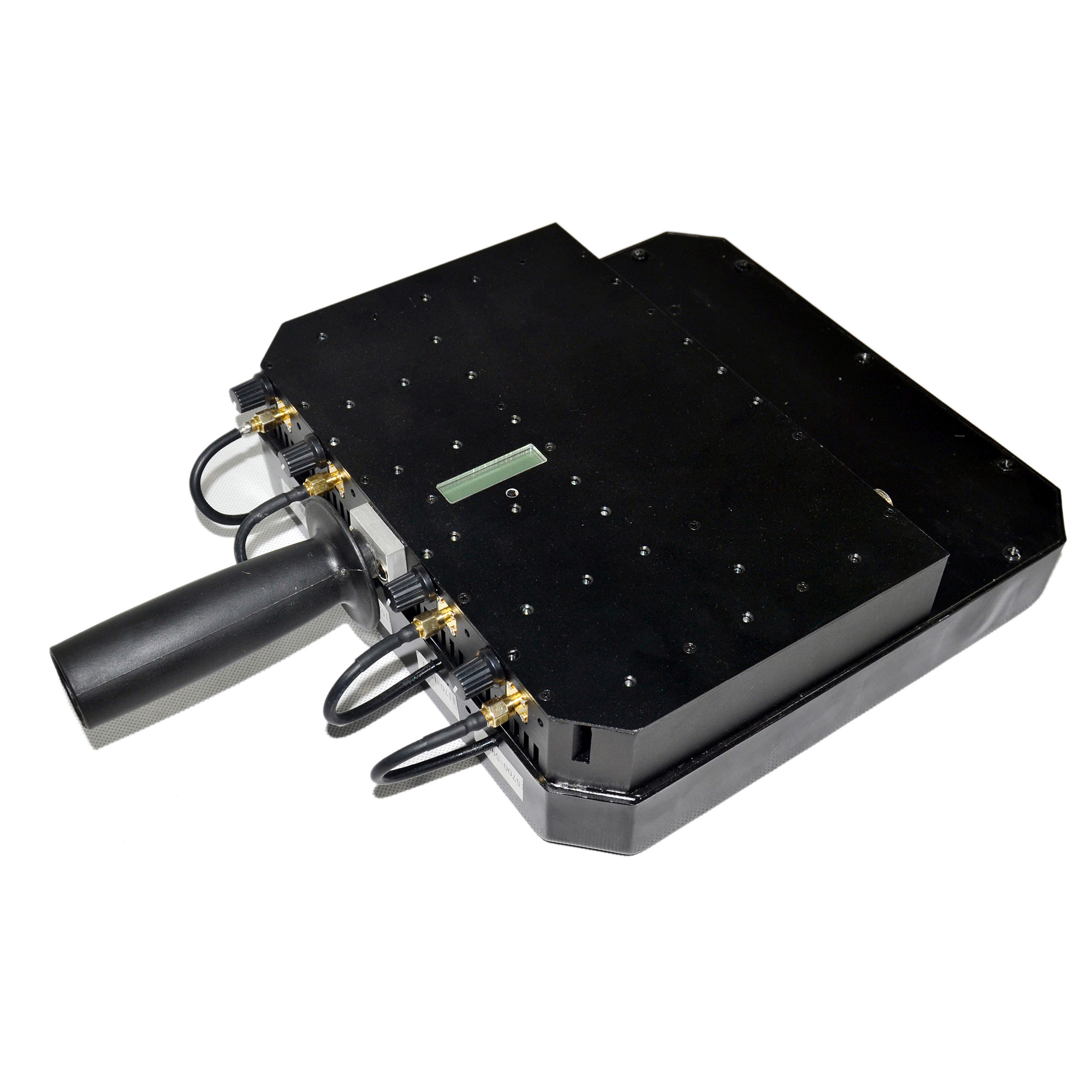A scrambler is an electronic device that alters or mixes broadcast sound, and telephony information so that people can only receive and understand it through a specific device (such as a decoder, etc.). Its function is equivalent to an encryption device. It is an important means to ensure that the content of radio waves and TV will not leak privacy and prevent eavesdropping.
In waveform encoding of speech, the most possible speech amplitudes are the lowest amplitudes due to a large number of pauses in conversational speech. In addition to this, using waveform encoding means that frequent zero crossings of any waveform will result in many zero amplitude encodings. The result may be quite a few strings of zeros in the send stream. Because the receiver must derive its clock from the received data stream, it must receive enough ones on a regular basis to allow its sequential circuits to function as required. A method of minimizing long strings of zeros caused by pauses in speech is called null suppression. A wifi jammer can also be used to prevent long strings of 0s.
Another reason to use a wifi signal jammer is a data stream. Data streams, such as those generated by signaling and management functions, may have a repeating pattern with highly discrete frequency content. If such a pattern is sent, it may constitute a serious source of interference to other DS1s using the same equipment due to the line spectrum it generates. Scrambling is accomplished by adding a sequence of pseudo-random numbers to the transmitted data and then subtracting the same sequence from the received stream. This can be done by using a pseudo-random number generator. The pseudo-random number generators are constructed uniformly, start synchronously, and are clocked at the same rate. Of course, the clock rate is directly derived from the received data stream itself.

